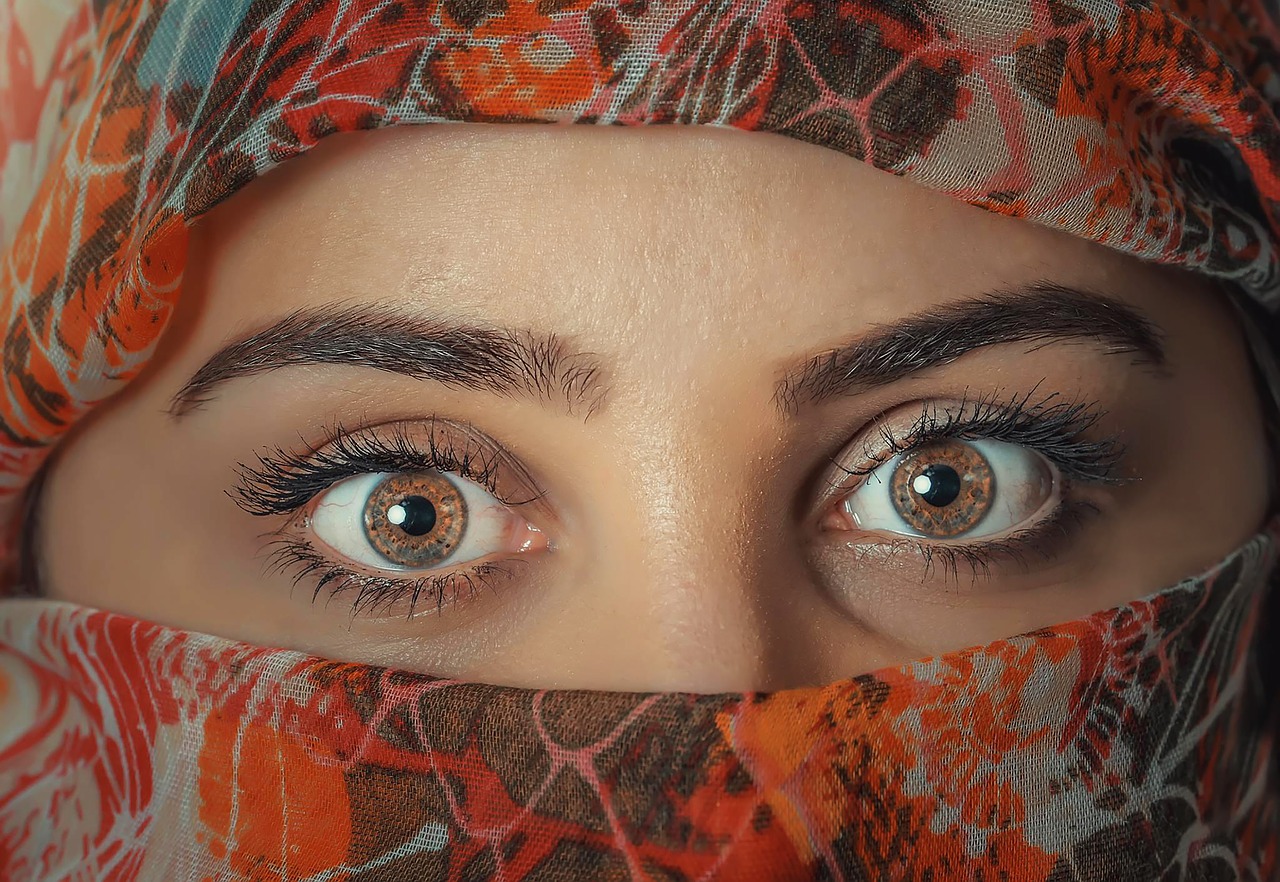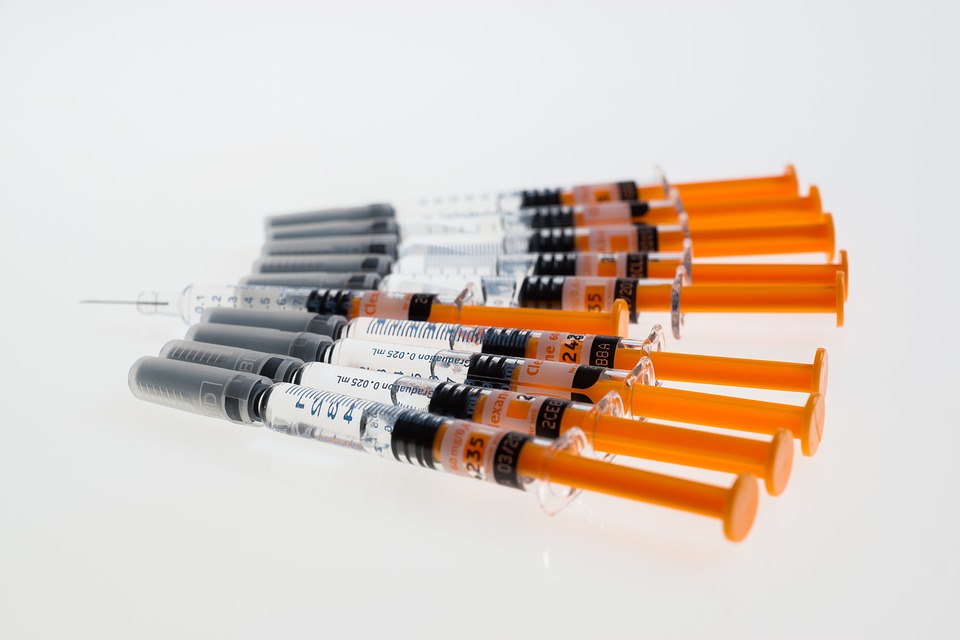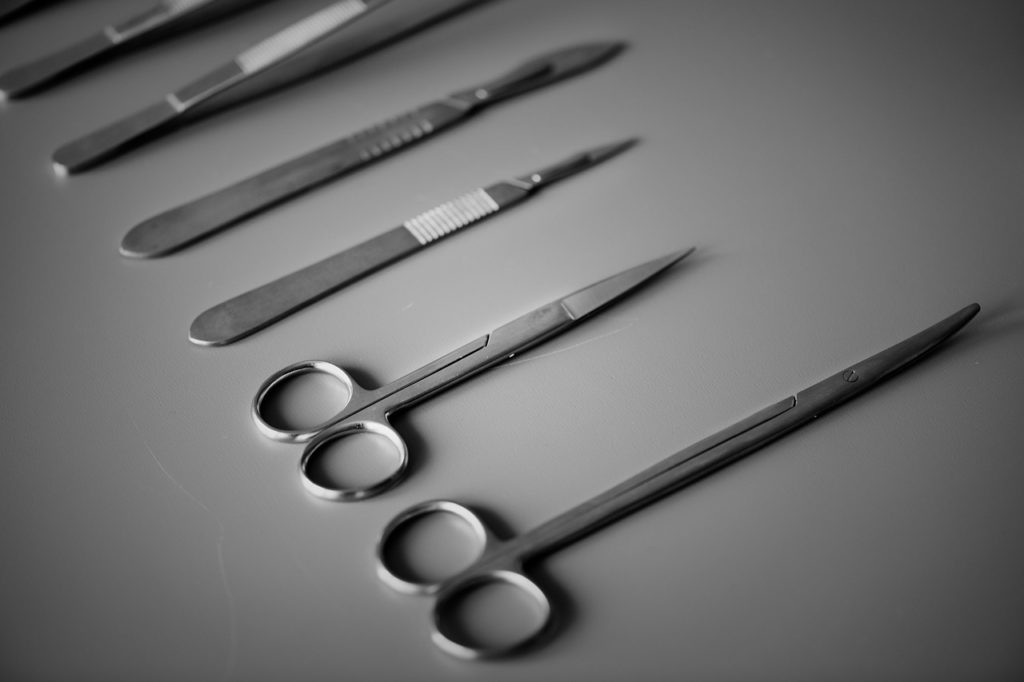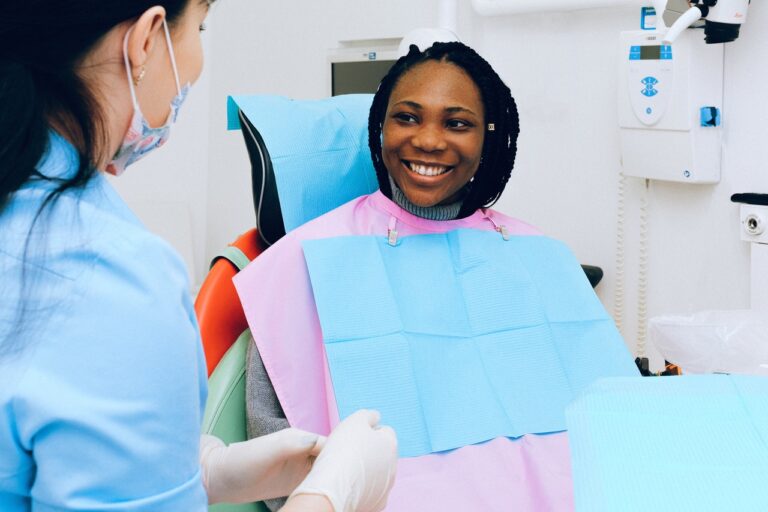7 Easy Ways To Correct Facial Asymmetry
Not all faces are perfectly symmetrical. Facial asymmetry is a condition in which one half of the face is different from the other half. Most of us have minor asymmetries, and irregularities are common. However, major discrepancies in shape and contour are immediately recognisable and obvious. This can lead to perceiving an unappealing aesthetic feeling, which can make us feel not so great about our appearance.
Symmetry plays a major role in the perceived attractiveness of the face. Though this is certainly subjective. A patient’s own perception of their symmetry is the main factor that is considered when discussing surgical correction. We want you to feel your best, and if the facial asymmetry is bothering you, you certainly have options.
7 Easy Ways To Correct Facial Asymmetry
Causes of Facial Asymmetry
There are three different categories used to describe the causes of facial asymmetry. These include: congenital, developmental, and acquired. Congenital facial asymmetry has genetic origins and results from a person’s DNA. Developmental causes can occur later in life. Throughout growth and development. Acquired, by contrast, occurs due to outside influence, such as disease, trauma, or surgery.

Most problems with symmetry affect multiple areas in the face, as opposed to being isolated to one area. Oftentimes, an entire site may present with asymmetrical differences. From the tip of the forehead all the way down through the chin. In a lot of cases, the cause of the asymmetry can be attributed to the underdevelopment (or ‘hypoplasia’) of facial tissues.
Contour deficiencies, facial deformations, and asymmetry, whether mild or severe, become more evident with age. This is due to the reduction in tissue elasticity, atrophy of the soft tissues, and natural gravitational changes. For this reason, some people begin to notice and worry about facial asymmetries later in life as opposed to during youth.
The most common asymmetry problems include deviation of the chin or jawline. Cheek retrusion, facial shortening, lowering of an eyebrow. Forehead or bone protrusion, eye displacement, and nasal deviations. No matter which facial asymmetry issue(s) a patient is uncomfortable with, there is a corrective treatment option available.
Different Methods Used to Correct Asymmetry
There are many ways to treat facial asymmetry issues: facelift procedures, fat grafting, soft-tissue adjustments, customised implants. Lipo-dermal grafts, and surgical correction of nerve and muscle functioning. The aim of each of these treatments is to improve the architecture of the face. Balancing the two halves and providing a more harmonious appearance.
Facelift
A facelift procedure involves removing and tightening the skin. Both a full and partial facelift can be performed, depending on the individual circumstances. Incisions are made either in front of or behind the ear (or in both places) and fat is directly removed from the surrounding areas.
The surgeon will also tighten the muscles in the area and move all of the loose skin backward toward the ear. However, several non-surgical procedures are offered by Masri Clinic in case you are not interested in getting a facelift.
Fat Grafting
Also referred to as a fat transfer. Fat grafting is a procedure in which fat is removed from one part of the body and inserted into a more beneficial and desirable location. This procedure can be used to correct almost any area of the face. From the cheeks to the forehead to the chin.

Soft-tissue Adjustments
Sometimes, your doctor will suggest addressing the underlying issues that caused the asymmetry through a staged approach. After addressing the issue, typically through surgery, your surgeon will aim to normalise the surrounding tissues. Which may have been displaced or otherwise affected. Reconstructive, aesthetic, and microsurgery can be performed first. With the functional corrections(such as muscle and nerve behaviour) being addressed. At a later stage, adjustments may be made to the soft tissues in and around the face.

Facial Implants
Implants are also common treatment options. They can be made of silicone or saline and are customized to each individual’s needs. Implants are most commonly inserted into the cheeks or chin in order to create a more symmetrical appearance and fill-in deviations.
Lipo-Dermal Grafts
Also called dermal-fat grafts, this technique is highly durable. Like other fat grafting techniques, fat is removed from another area of the body. Then transferred to the target area for the purpose of providing a fuller appearance. This procedure is typically recommended for patients who already have a scar somewhere. As this is where the lower level of the skin (the dermis) and fat are removed for transfer. When completed successfully, this procedure can aid in the healing of previous scars by stimulating blood flow and regeneration to the area.
These are the most commonly used techniques used to correct facial asymmetry, but they are meant to be only an overview. If you are uncomfortable with your facial appearance and would like to learn more about your treatment options, be sure to consult directly with a surgeon. Not every procedure will be suitable for every individual, so be sure to undergo a comprehensive examination and assessment before agreeing to any type of procedure, whether surgical or non-surgical.
Waldman Schantz Plastic Surgery Center strives to provide patients with the best care and optimal results. With decades of experience in plastic and reconstructive surgery. Dr S. Randolph Waldman, MD, Dr Stephen A. Schantz, MD and Dr J Brad Turner, MD bring unparalleled industry expertise, ensuring that you are in the best hands from the consultation, throughout the procedure, and into the recovery period. To learn more about their practice and the services that they provide, visit Waldman Plastic Surgery or call 1-859-254-5665 to schedule your consultation today.






